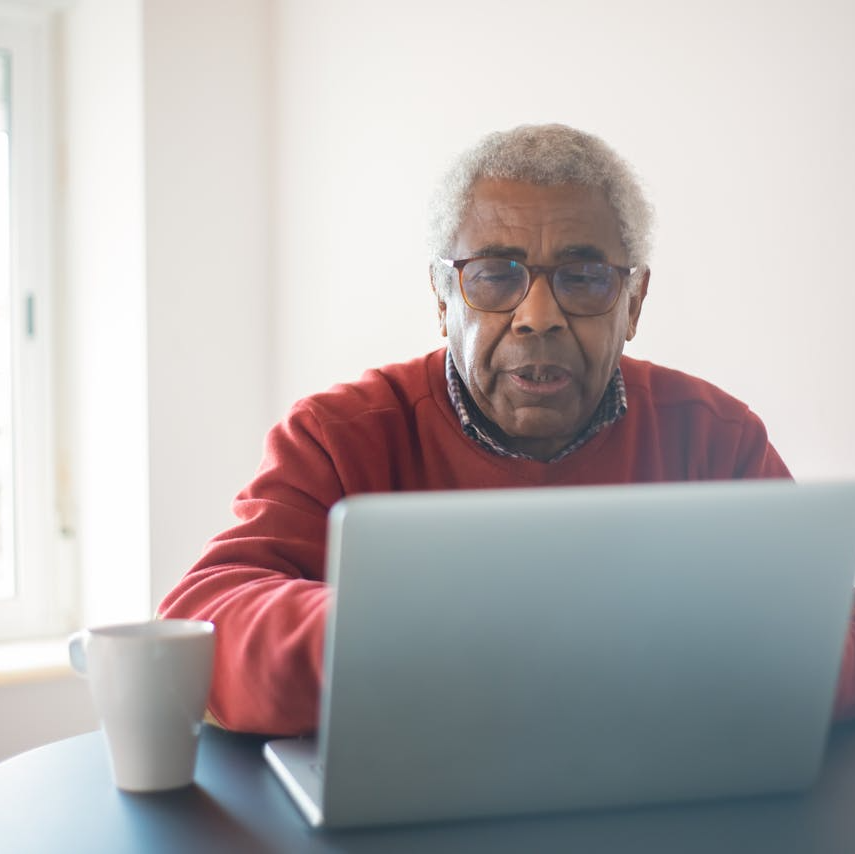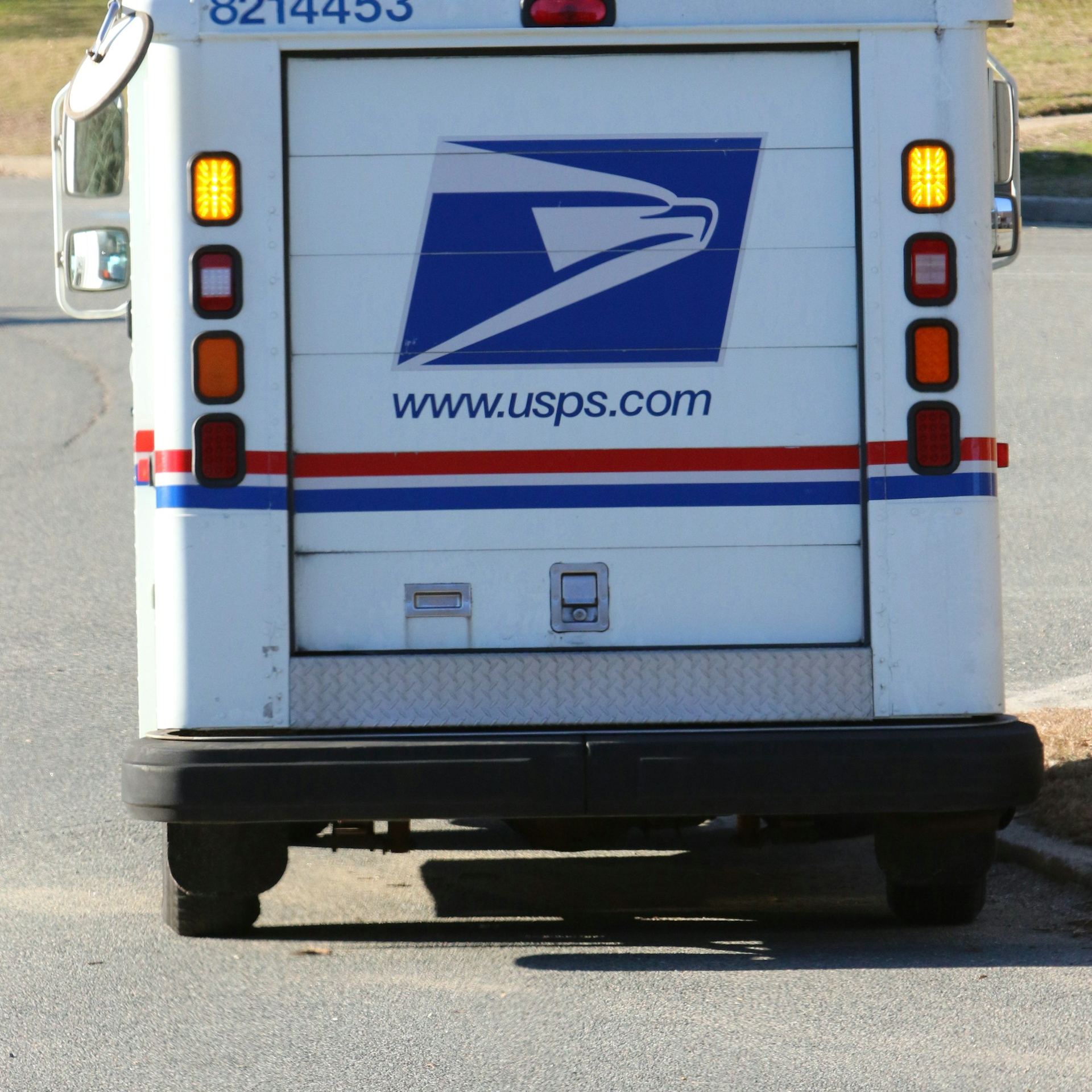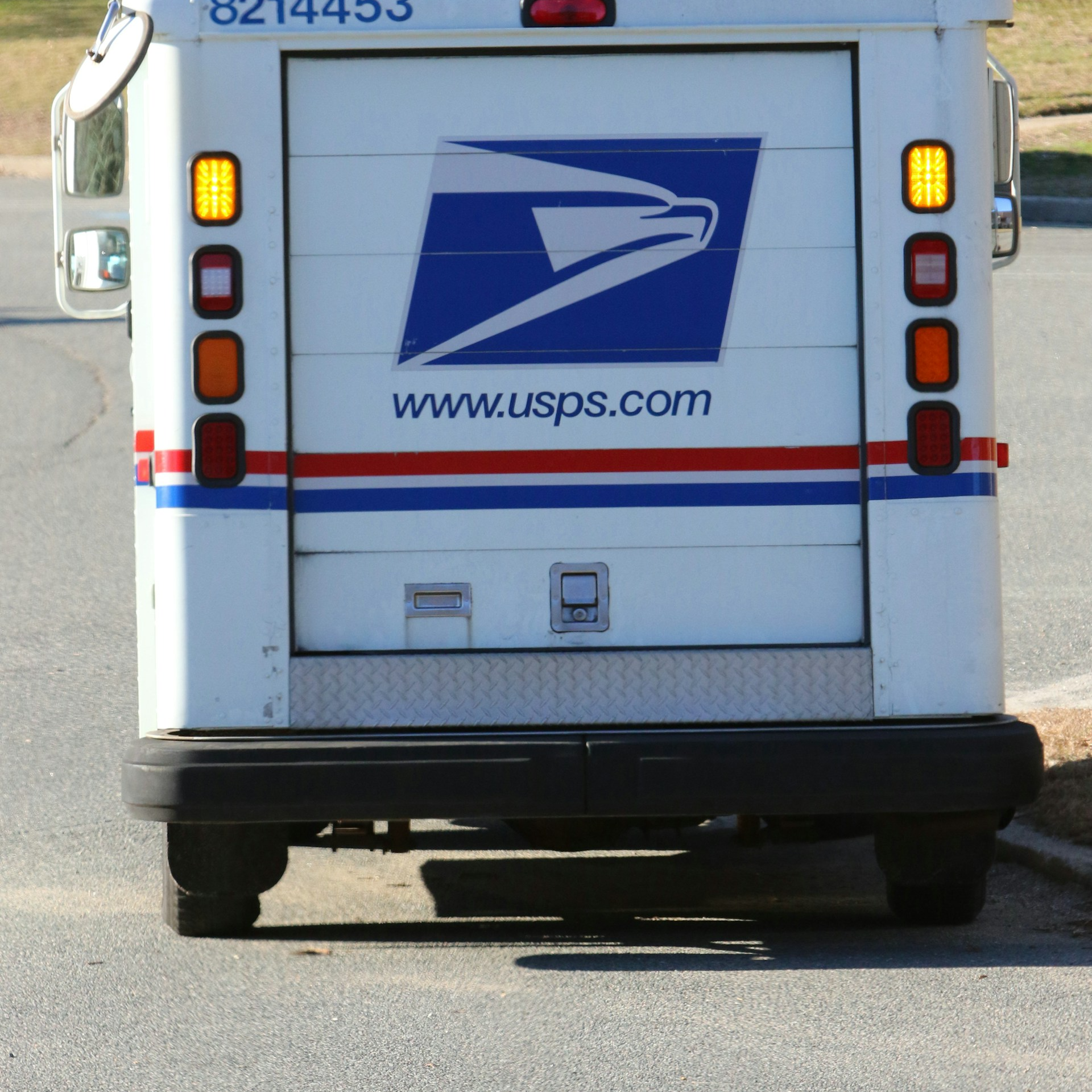Key Takeaways
-
Medicare Part A still plays a vital role in 2025—even for those enrolled in the new Postal Service Health Benefits (PSHB) Program.
-
Understanding how Medicare Part A coordinates with your PSHB plan helps you avoid unnecessary costs and coverage conflicts, especially during inpatient hospital stays.
Medicare Part A: Not Just a Backup
Even with a strong PSHB plan, Medicare Part A is more than just background coverage. It’s foundational. Part A covers inpatient hospital stays, skilled nursing facility care, hospice, and some home health services. These are high-cost care areas, and failing to enroll in Part A could leave you more financially exposed than you expect.
In 2025, Medicare Part A remains premium-free for most individuals who paid Medicare taxes for at least 40 quarters. Even if you only qualify for partial coverage (30-39 quarters), you can still buy into Part A for a monthly premium. Either way, it’s often a financially sensible move.
PSHB and Medicare: Who Pays First?
When you’re eligible for Medicare and still have PSHB coverage, coordination of benefits rules decide who pays first. Here’s how that works in 2025:
-
If you’re retired and enrolled in Medicare, Medicare pays first and your PSHB plan acts as secondary payer.
-
If you’re still actively working for USPS, then PSHB is your primary and Medicare is secondary.
-
If you’re eligible for Medicare but not enrolled, your PSHB plan becomes the sole payer—but this comes with a warning: some PSHB plans reduce benefits if you’re eligible for Medicare but not enrolled in it.
This distinction is key. Many plans in 2025 assume you’re enrolled in Medicare when determining how much they’ll cover. If you’re not, they may leave you with larger bills.
Why Part A Still Matters with PSHB
Even with the PSHB plan’s comprehensive structure, Medicare Part A provides:
-
Extended hospital coverage: Medicare Part A covers up to 90 days of inpatient care per benefit period, plus 60 lifetime reserve days.
-
Lower out-of-pocket costs: In many PSHB plans, when Part A is primary, your PSHB plan may waive its deductible and coinsurance.
-
Skilled nursing facility support: Medicare covers the first 20 days in full after a qualifying hospital stay, and PSHB picks up after that depending on the plan. Without Medicare, you could pay hundreds per day.
-
Protection against non-coverage penalties: PSHB plans may not fully cover inpatient claims if you fail to enroll in Medicare Part A when eligible.
Enrollment Timing Still Matters
When you turn 65 and are already receiving Social Security, you’re automatically enrolled in Medicare Part A. But if you’re not drawing Social Security, you need to actively sign up during your Initial Enrollment Period (IEP).
-
Your IEP lasts 7 months: 3 months before your 65th birthday, the month you turn 65, and 3 months after.
-
If you miss your IEP, you may need to wait for the General Enrollment Period (GEP) from January 1 to March 31, with coverage starting July 1—and possible penalties.
In 2025, this timeline remains critical, especially if you plan to retire shortly after turning 65. Delaying Part A can lead to gaps.
What PSHB Plans Expect From You
PSHB plans in 2025 have new expectations:
-
If you’re a Medicare-eligible annuitant or family member, you must enroll in Medicare Part B to maintain full PSHB coverage—unless you qualify for a specific exemption.
-
While there’s no formal requirement for Part A enrollment, most plans are structured to coordinate with it.
-
If you skip Part A but are eligible, your PSHB plan may cover less than you expect, especially for hospitalizations.
By enrolling in both Medicare Parts A and B, you’re ensuring full alignment with PSHB coverage expectations. Most plans offer integrated benefits when both parts are active.
How Costs Break Down in 2025
Here’s what you’re looking at for hospital-related costs this year:
-
Medicare Part A deductible: $1,676 per benefit period.
-
Coinsurance for hospital stays: $0 for days 1–60, $419 per day for days 61–90, and $838 per day for lifetime reserve days.
-
Skilled nursing care coinsurance: $209.50 per day for days 21–100.
Compare this to many PSHB plans which, without Medicare Part A, may require:
-
Higher copayments for inpatient care
-
Deductibles as high as $1,500 for Self Only coverage
-
Limited skilled nursing facility coverage if not coordinated with Medicare
This is why skipping Part A could cost you more—even with your PSHB plan active.
How the Two Systems Complement Each Other
Together, PSHB and Medicare Part A create a layered protection system:
-
Medicare covers first for retirees, reducing the overall cost of hospitalizations.
-
PSHB acts as a wraparound, potentially waiving additional copayments, offering extra hospital days, and covering services that Medicare doesn’t.
-
Prescription coverage coordination: Many PSHB plans include Part D Employer Group Waiver Plan (EGWP) coverage, offering better drug pricing after Medicare enrollment.
When Medicare is in place, your PSHB plan operates more efficiently and you often pay less out of pocket.
Common Misunderstandings About Part A
Some assumptions can cause real problems:
-
“I don’t need Part A because I have PSHB.”
-
False. Your PSHB plan may reduce benefits or deny certain payments if you’re eligible but not enrolled.
-
-
“Part A is optional.”
-
Technically true, but skipping it usually leads to higher costs.
-
-
“Part A duplicates my PSHB benefits.”
-
Not really. They coordinate. Medicare pays first; PSHB pays next.
-
-
“I’ll enroll later when I need it.”
-
Delaying enrollment can trigger lifetime penalties and coverage delays.
-
You’re better off planning ahead.
What If You Retired Before 2025?
If you retired before January 1, 2025, and you’re not enrolled in Medicare Part B, you’re exempt from the PSHB Medicare requirement—but not from how Part A works. You can still enroll in Part A without impacting your exemption status.
In this case, enrolling in Part A can still lower your PSHB hospital cost-sharing and give you access to EGWP drug benefits under many PSHB plans.
Special Considerations for Dual Eligibility
If you qualify for both Medicare and Medicaid, your coordination becomes more complex but potentially more protective:
-
Medicare pays first, then Medicaid may pick up remaining costs.
-
PSHB coverage often becomes redundant but can still offer valuable benefits, such as broader provider access or supplemental services.
Talk with a licensed agent listed on this website to understand how PSHB interacts with dual eligibility in your case.
Why Doing Nothing Isn’t a Strategy
The transition from FEHB to PSHB requires action. While many aspects auto-transition, your Medicare coordination does not. You must:
-
Actively enroll in Medicare Part A (if not already done)
-
Ensure your PSHB plan knows your Medicare status
-
Review how your plan coordinates with Medicare
Failing to do this puts you at risk for denied claims, higher costs, and reduced coverage.
Coordinating Part A Now Means Smoother Coverage Later
PSHB is built to work in sync with Medicare. Skipping or delaying Medicare Part A may feel like a shortcut, but it often creates unnecessary cost burdens, especially during a hospital stay. Even if your PSHB plan is robust, it’s not meant to act alone for Medicare-eligible retirees.
To ensure your coverage works as intended, confirm your Medicare enrollment and verify your PSHB plan has this information. If you’re unsure about your current status or the benefits coordination process, reach out to a licensed agent listed on this website for personalized guidance.












